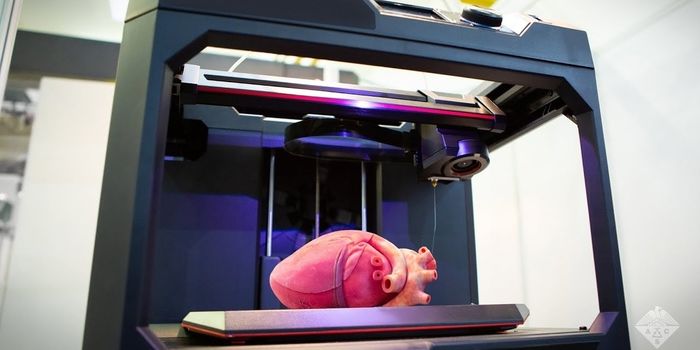Silver, salt and pepper, distinguished hair - however you refer to it, grey/white hair is common and will inevitably happen to all of us. Some people view the greying as a rite of passage that makes them more appealing, while others find solutions in dyes and color treatments. But why do hair turn white and why do some people experience this earlier than others?
The pigment in our hair comes from the same pigment found in our skin and eye color: melanin, which is made in cells called melanocytes. As hair grows, melanocytes inject the pigment molecules into the follicles, which get incorporated into the hair as it grows out. This means that all of us are born with white hair before melanocytes get to working on the roots. In a reverse process, aging causes the melanocytes to decrease melanin production, leaving hair with less pigment. Over time, the melanocytes die off completely, causing more hair to be noticeably white/grey.
Genetics is behind when you get your first grey hair. Likely, you'll start going grey at the same time your parents did. Identical twins also undergo greying at the same time, though scientists have yet to pinpoint the exact genes involved. Other genetic diseases, such as Hutchinson's-progeria and Werner syndrome, also accelerate the greying process.








